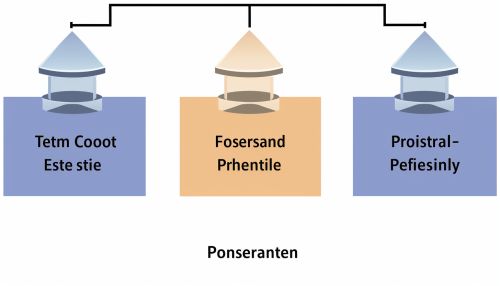Fitts and Posner's Three-Stage Model
Introduction
The Fitts and Posner's Three-Stage Model is a psychological model that describes the process of skill acquisition. Proposed by psychologists Paul Fitts and Michael Posner in 1967, the model suggests that the acquisition of motor skills occurs in three distinct stages: the cognitive stage, the associative stage, and the autonomous stage. This model has been widely used in fields such as sports psychology, rehabilitation, and human-computer interaction.


Cognitive Stage
The first stage of the model is the cognitive stage. In this stage, the learner is trying to understand the task at hand. This involves a lot of trial and error as the learner attempts to understand the basic task requirements. The cognitive stage is characterized by high concentration, and the learner may need to verbalize or visualize the movements required to perform the task.
Associative Stage
The second stage of the model is the associative stage. In this stage, the learner begins to refine their movements and reduce errors. This is achieved through practice and feedback. The learner starts to understand the task more deeply and can perform the task more smoothly. However, the learner still needs to concentrate and think about the task while performing it.
Autonomous Stage
The final stage of the model is the autonomous stage. In this stage, the learner has mastered the task and can perform it automatically, without conscious thought. The movements become smooth and efficient, and the learner can perform the task while doing other tasks simultaneously. This stage is reached after extensive practice.
Application of the Model
Fitts and Posner's Three-Stage Model has been applied in various fields. In sports psychology, it is used to understand how athletes acquire new skills and how to best train them. In rehabilitation, it is used to understand how patients relearn skills after injury or illness. In human-computer interaction, it is used to understand how users learn to use new technologies.
Criticisms of the Model
While Fitts and Posner's Three-Stage Model has been widely used, it has also faced some criticisms. Some researchers argue that the model oversimplifies the process of skill acquisition, and that there are more stages involved. Others argue that the stages are not as distinct as the model suggests, and that learners may move back and forth between stages.
Conclusion
Despite these criticisms, Fitts and Posner's Three-Stage Model remains a foundational model in understanding the process of skill acquisition. It provides a useful framework for understanding how skills are learned and refined, and has been influential in a variety of fields.
